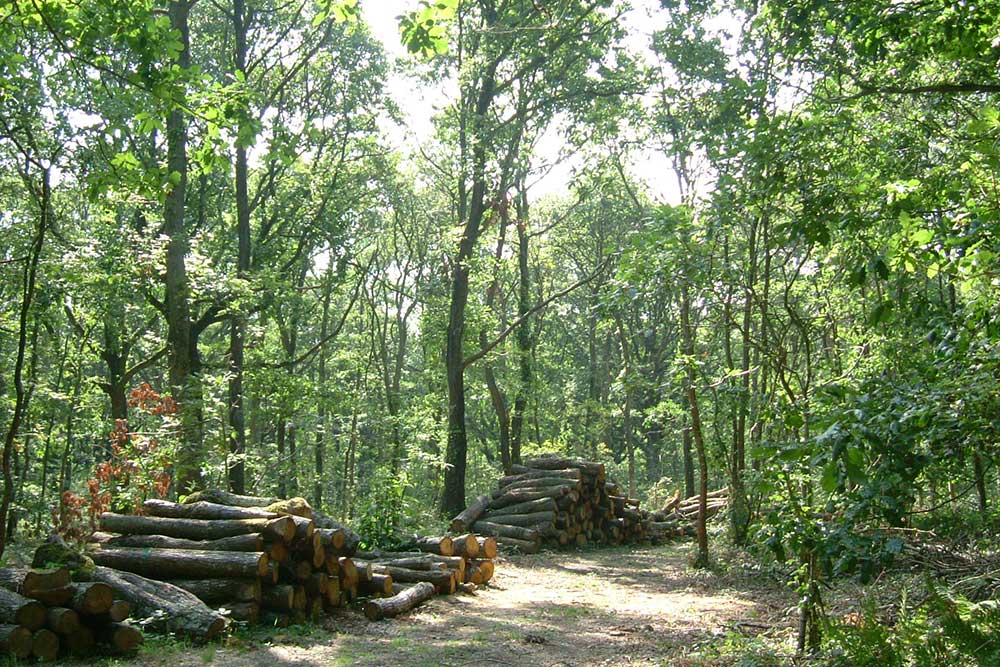Hazel dormice mitigation license

Hazel dormice are protected under The Habitats Directive of 1994 that makes it an offence to deliberately to kill, capture, or disturb a European Protected Species (EPS) such as hazel dormice, or to damage or destroy its breeding site or resting place.
When a development is planned an ecological consultant will undertake an Environmental Impact Assessment (EIA) This will assess the possible impacts of the development on a range of species including hazel dormice. If there is a potential impact on hazel dormice, a dormouse survey may be done to determine whether dormice are actually present at the site.
Surveying for dormice by checking dormouse boxes or nest tubes, requires a disturbance licence issued by Natural England (NE) or Natural Resources Wales (NRW).
If they are shown to be present, a mitigation licence may be required from NE or NRW. Since 2000 for a mitigation license to be issued, the following three tests must be satisfied:
- That the development is ‘in the interests of public health and public safety, or for other imperative reasons of overriding public interest, including those of a social or economic nature and beneficial consequences of primary importance for the environment’
- That there is ‘no satisfactory alternative’
- That the derogation (ie any permission/licence granted) is ‘not detrimental to the maintenance of the populations of the species concerned at a favourable conservation status in their natural range’.
A mitigation licence will specify the methods to be used during the development works, to minimise the impacts on the hazel dormouse population at the site. It will also specify the required outcome at the end of the development works, to ensure no net loss of dormouse habitat.
NE or NRW are responsible for ensuring that the conditions of a disturbance licence or mitigation licence are not breached and to take action if they are. It is a matter for the police if dormice are deliberately killed, captured, disturbed, their breeding and resting places are damaged or destroyed and a licence has not been issued.
We have been working to save hazel dormice in the UK for over 20 years. Find out about our campaigns and how you can help.
Back to Protection for hazel dormice
